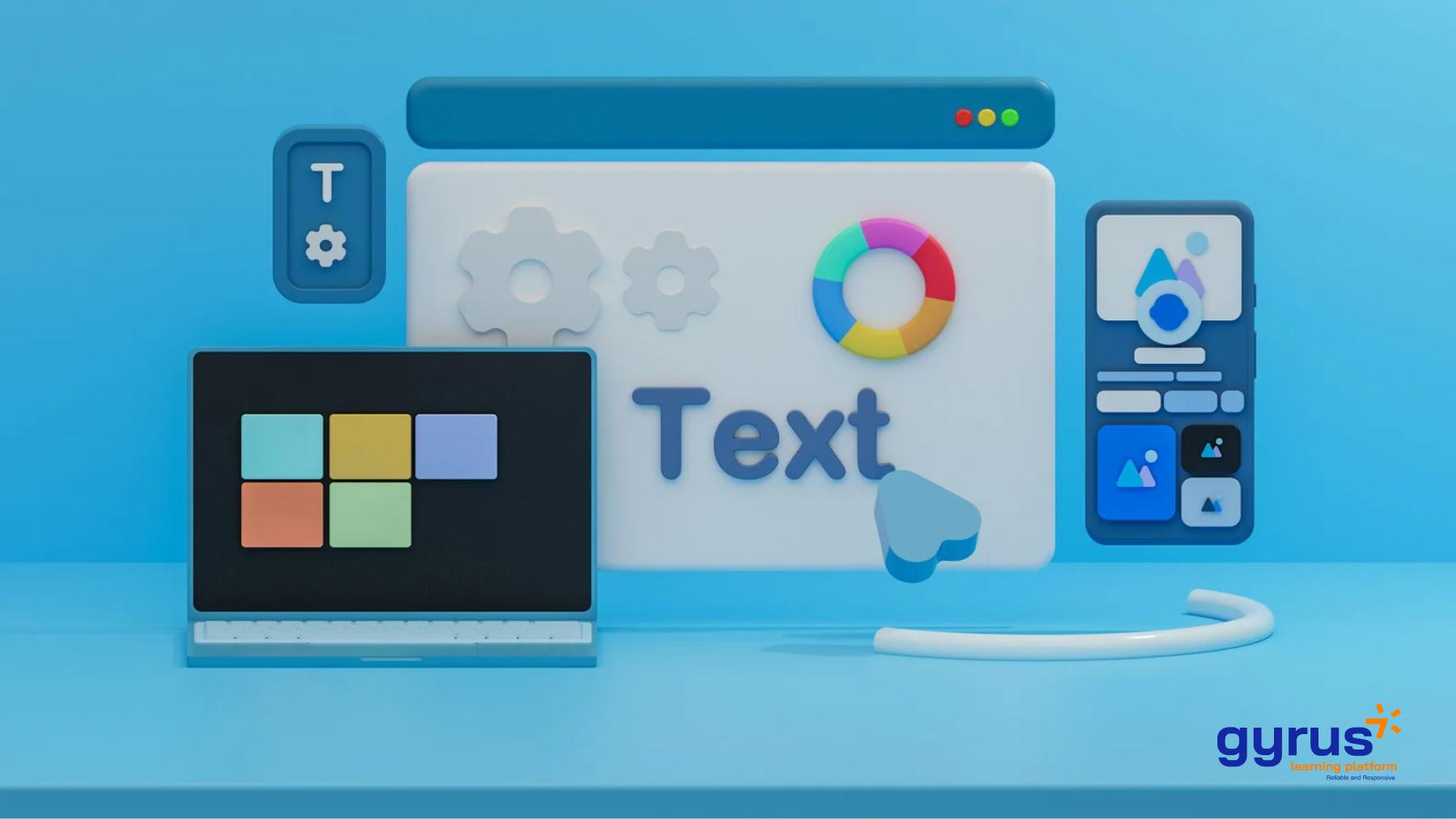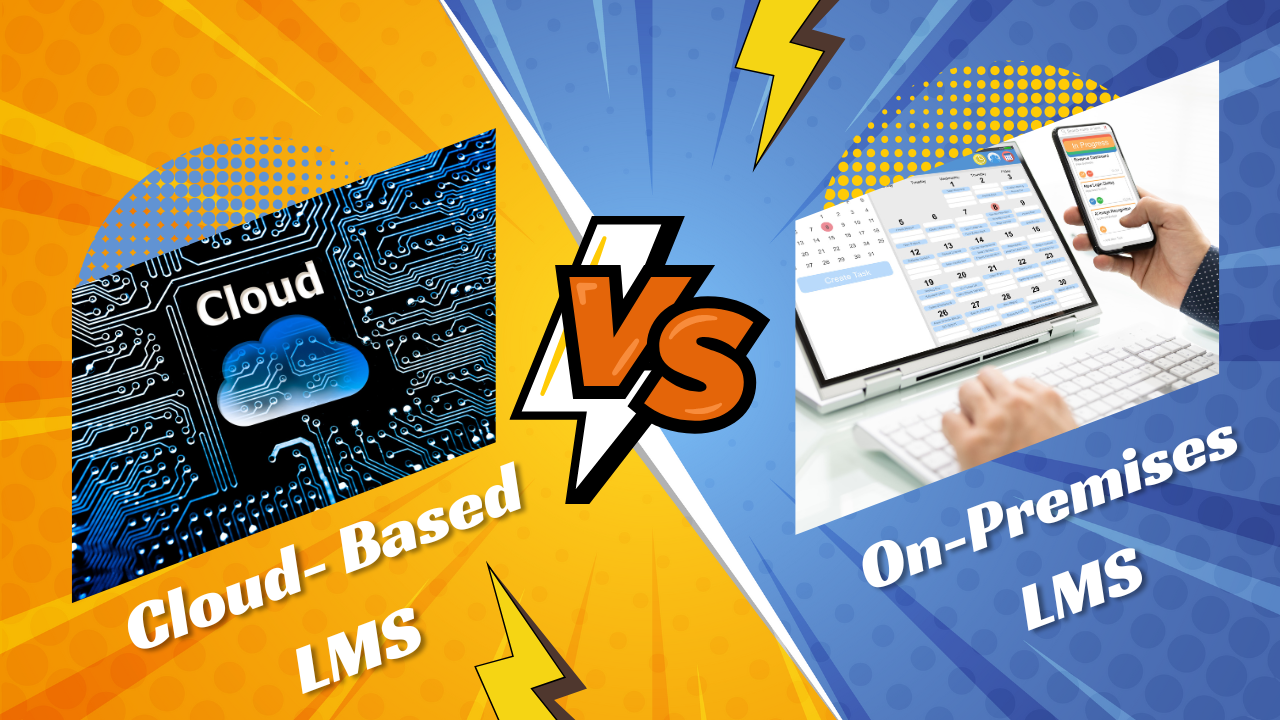In a study of 1,673 students, 79% of participants said they watched videos to learn profoundly about a subject’s real-world applications and improve their grasp. In addition to having the potential to improve the learning experience, using video in various training contexts can also accrue benefits in terms of lowering the costs associated with textbooks and facilities, ensuring trainer accessibility to students, and more.
However, realizing success with video-based learning entails considerations around its effective usage, implementation, and purpose. Here’s a deep dive into the nitty-gritty of effective video-based learning.
Benefits of Video-Based Learning
In the same way that a picture is worth a thousand words, a video could be worth a million or more. Here’s a rundown of the benefits of video-based learning:
- Enhanced Engagement and Knowledge Retention
- Facilitating Active Learning and Critical Thinking
- Addressing Different Learning Styles
- Breaking Down Complex Concepts with Visual Explanations
Implementing Video-Based Learning
Here are some factors to consider to ensure the success of video-based learning initiatives:
- Choosing the Right Video Formats and Styles
- Techniques for Creating Engaging and Visually Appealing Videos
- Utilize visual storytelling techniques to develop a gripping tale that piques learners’ interests and emotions.
- Make the content visually appealing and supportive by using crisp, high-quality graphics, photos, and animations.
- Make the material more practical and relatable for the learners by relating it to real-life situations and instances.
- Tips for Incorporating Interactivity and Assessments
- Gamification can be incorporated to motivate students and enhance the learning process. This can allow for the inclusion of game-like components such as points, badges, or progress tracking.
- Create scenarios where learners are given options, and the plot of the video changes as a result, allowing them to see the effects of their choices.
- Use interactive quizzes to enhance learning and provide viewers a chance to gauge their comprehension during the process.
- Encourage students to take part in group discussions or activities that are connected to the video material in order to promote teamwork and social learning.
- Optimizing Videos for Mobile Learning and Accessibility
Integrating Video-Based Learning into Various Settings
Different learning scenarios can call for video-based learning. Here are some examples:
- Video-Based Learning in Schools and Universities
- Video Learning for Corporate Training and Professional Development
- Video-Based Learning for Online Courses and E-Learning Platforms
Overcoming Challenges in Video-based Learning
While video-based learning is an excellent way to bring concepts and principles to life, its implementation must proceed with careful consideration and forethought:
- Addressing Technical and Logistical Considerations
- Strategies for Ensuring Video Quality and Delivery
- Channelize money on high-quality video production hardware and software.
- Use dependable video hosting and streaming solutions to deliver videos without buffering or playback problems.
- Regularly update the video content in order to keep it informative, relevant, and accurate over time.
- Track content performance and engage in course-specific analysis to maintain consistency and quality.
- Supporting Learner Engagement and Motivation
Measuring the Impact of Video-Based Learning
Institutions must measure how their video-based learning initiatives are performing to further improve them. Here’s what they need to do for that:
- Identifying Key Metrics for Assessing Video-Based Learning Effectiveness
- Techniques for Collecting and Analyzing Learner Feedback
- Create post-training questionnaires to ask participants about their overall impressions of the video-based learning modules. Inquire about the relevance of the information, the level of participation, and any suggestions for improvement.
- Use user analytics to evaluate user behavior, video engagement, and interactions within the videos. This can be facilitated via a robust learning management system (LMS).
- To evaluate the benefits and downsides of video-based learning, compare it with other teaching strategies like traditional classroom instruction or text-based materials.
Future Trends in Video-based Learning
The global e-learning market is expected to register a CAGR of 17.54% up until 2030. This will increase the market’s value from $210.1 billion (2021) to $848.12 billion (2030). This growth can be attributed to the viability of video-based learning. But how will the market transpire from here? What are the most prominent video-based learning trends?
- Exploring Emerging Technologies Such as Augmented Reality and 360-Degree Video
- Personalization and Adaptive Learning in Video-Based Platforms
- The Role of Artificial Intelligence in Enhancing Video Learning Experiences
Conclusion
The way that video-based learning reflects content is unique. To encourage multimodal learning, it blends audio, text, and images. Learners not only comprehend topics better, but they can also remember them for extended periods. It is safe to say that video-based learning has become an increasingly popular and effective means of education.
For organizations looking to harness the power of video in their training programs, there’s never been a better time to do so. At Gyrus, we help you design learning programs that perfectly suit the organizational goals as well as the training objectives of the learners. Schedule a demo today to learn more!









